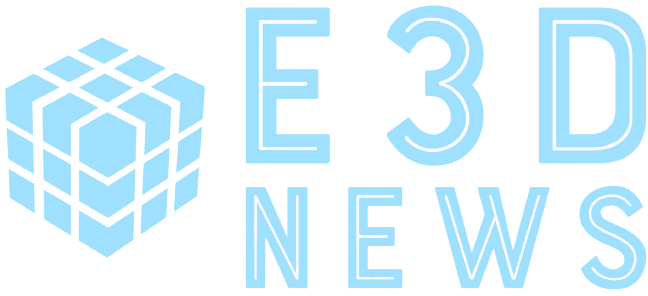Stanford just released a comprehensive educational report on the pandemic focusing on the “emergency remote teaching phase” which they identify as lasting from March 9, 2020 to the start of Fall quarter 2021.
In the report there are a number of insights. Some of the insights were unsurprising but important to remember, like the fact that first generation college students and low income college students were more likely not to have a good space to study and work.
But there are other powerful insights about the way technology was used in teaching. Charles Prober, a professor of pediatrics and of microbiology and immunology at Stanford said the quote in the title of this article,”Zoom seemed to bring more students into the conversation”, and he anecdotally believes that the online space made everyone a part of the conversation, possibly because all camera windows are the same size in the grid and there is no “front row” of seats in Zoom.
There was also an advantage with breakout rooms, something that became an important tool to break up long lectures and avoid “Zoom fatigue”. Breakout rooms in Zoom can be assigned automatically and are most easily done randomly. This removes some student agency in deciding their discussion groups, but it also forces students to meet more members of their classroom, removes any time that students would spend moving to be closer to each other, and makes it easy for a shy student to join a group.
They also saw the need for more organized course content. It is comparatively easy for a professor to stand in front of a class and lecture for an hour on a topic that they know well and then test the students on the things said in the classroom. But with the fact that “Instructors found they could not hold student attention lecturing in Zoom as long as they could in a physical classroom” meant that they needed breakout room assignments, a pivot to a flipped classroom, and organized course content on their LMS, Canvas.
One of the most interesting forced changes that the report identifies was the Stanford’s Faculty Senate decision to not have any final exams for the 2020-21 academic year. We have discussed some of the issues with standardized testing, and while not all of it applies to the large end-of-quarter finals that count for most of the grade in many college classes, there are some parallels. The anxiety associated with a single high stakes test can drive certain types of students’ grades down. Having more frequent, lower-stakes assignments, and allowing for resubmission and revision of assignments all builds towards the kind of mastery learning that Sal Khan talked about in his 2016 Ted Talk.
Something this report stops far short of, is pointing out that teaching at a university had to become more professionalized during the pandemic. For years large research universities have had their professors doing double, or maybe even triple, duties. There are plenty of small colleges where the professors mostly focus on teaching, but small colleges have been experiencing steady enrollment declines. Elite universities like Stanford or public research institutions like the UC System sell themselves partially on students learning from people doing bleeding edge research in the field.
But an excellent researcher is not necessarily great at making content for a flipped classroom. A luminary in the field isn’t always going to be able to navigate zoom. The most accessible digital teachers usually make youtube videos and only sometimes have advanced degrees. Part of the problem, of course, is the all-important US News and World Reports college rankings don’t include a “teaching quality” category, partially because it is so difficult to calculate, and being high on those rankings often matters more than anything else.
The rise of online-only degree programs forces the teachers of those colleges to really think about what it takes to teach well online, while sometimes paying them less.
None of this is new, and it is possible that even the pandemic won’t force universities to start focusing on the quality of teaching. But whether it breaks the camel’s back or not, this definitely adds another straw.
More Stories
A Boomer’s view of Student Debt
Student loan forgiveness has been in the news again recently with the White House announcing $5.8b additional student loan debt...
Tutoring as a part of teaching / Everything comes back to money
One of the difficult things with education is our reliance on a “one size fits all” model. We have for...
Justin Reich on Learning Loss, Subtraction in Action, and a future with much more disrupted schooling
Justin Reich is an education and technology researcher and the director of MIT’s Teaching Systems Lab. He hosts a podcast...
Public K-12 Enrollment is falling and that is dangerous and exciting
A surprising result of COVID and the resulting school closures is that many parents, after struggling to figure out how...
Esports could help re-diversify a shrunken curriculum
Esports and schools feel like a pretty strange fit. Regular sports have always gone with schools, but adding esports still...
People aren’t flipping out for flipped classrooms like they used to
Flipped learning, a new strategy for teaching that flips the traditional idea of classroom lecture followed by homework on its...
